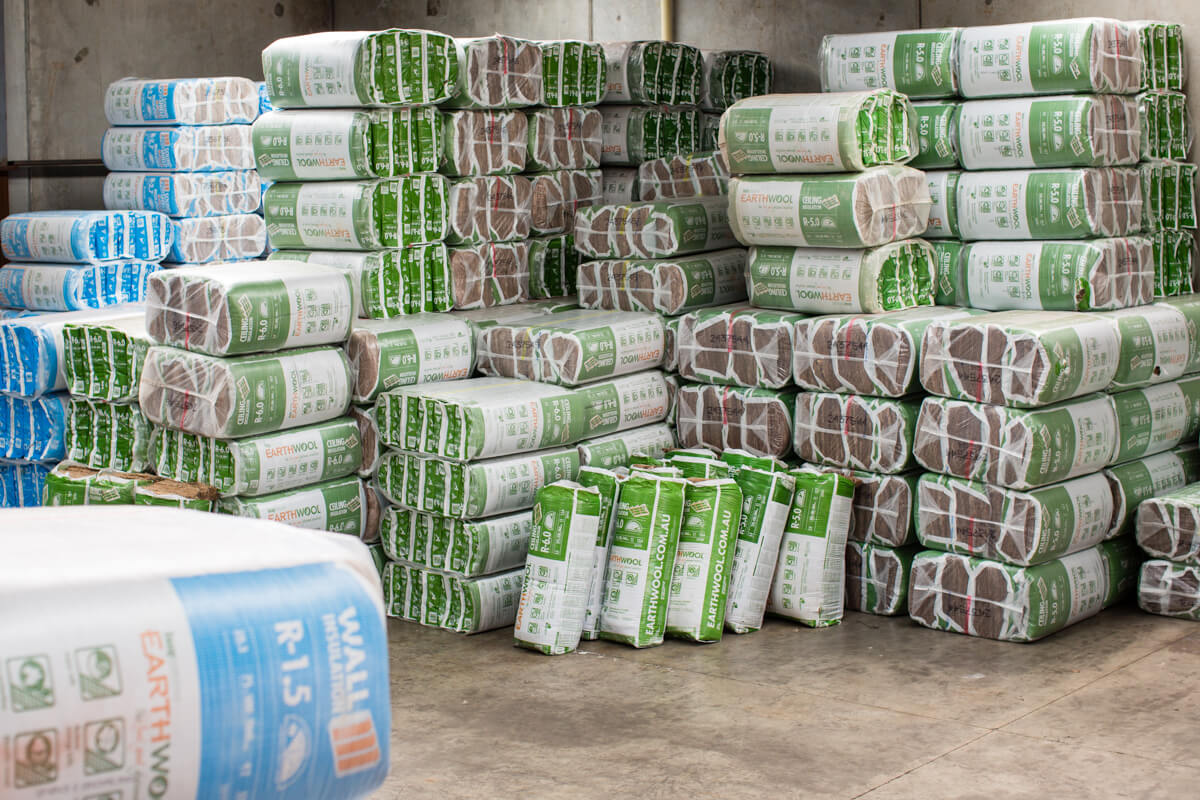Most people understand the benefits of
home insulation, but when it comes to buying for your own home, it can be hard to get it right. We have put together a list of the most common mistakes people make when buying home insulation, so you can avoid making them too.
1. Choosing an R-Value that is too low
If you are wondering “What is the most effective insulation?”, one of the key factors you should be looking at is R-Value. The R-Value of an insulation product indicates how effective it is at resisting heat flow. That means products with a higher R-Value will be better at regulating the temperature inside your home.
If you choose an R-Value that is too low for your climate, you won’t experience the optimal thermal and energy-saving benefits. That’s why it’s a smart move to get the highest R-Value your budget allows for, but if you are wondering what minimum R-Values we recommend based on where you live, check out
this article.
2. Buying the wrong amount of insulation
It can be difficult to estimate how much insulation you will need for your project. If you get it wrong, you might end up paying more for delivery, take longer to complete the job, waste money on excess insulation and have to dispose of surplus materials. Taking the time to make a rough calculation will help you avoid these situations.
For ceilings and underfloor areas, you will need to calculate the total square metres by multiplying length and width. Then multiply this by 0.9 to account for the timber framing. For the walls, follow the same method but also minus the area of the doors and windows before multiplying by 0.9. If you order home insulation online with Pricewise Insulation, you only need to know the square metres – we’ll automatically calculate the rest for you according to which product you purchase.
3. Purchasing the wrong size for your home
Insulation batts usually come pre-cut in two sizes: 430mm and 580mm. To determine which size is right for you, make sure you measure the width between timber joists. This will save you time from cutting every insulation batt to fit properly.
You should also choose products that are the right width for your cavity. You don’t want to end up compressing the insulation because this will reduce its effectiveness.
4. Making a decision on initial cost only
Insulating your home can be a significant investment. However, when choosing insulation products it is important not to base your decision solely on how much they cost. A poorer quality product may not last as long or be as effective at reducing your energy consumption. So in the long run, it could end up costing you more than higher quality insulation. While initial cost is an important factor, make sure you also consider a product’s R-Value, its environmental benefits, what it’s made from, its safety properties and the reputation of the brand.
5. Choosing the wrong product for your project
There are many different types of home insulation products, each suited for particular applications. Make sure you do your research beforehand so that you select the optimal products for your project. If you are wondering “What type of insulation do I need?”, a good place to start is to
search for products based on where you are insulating in your home.



